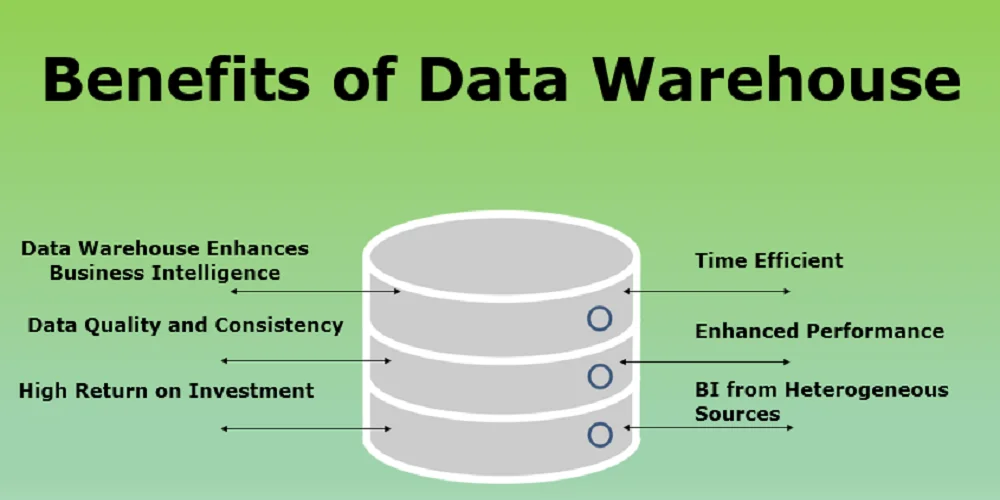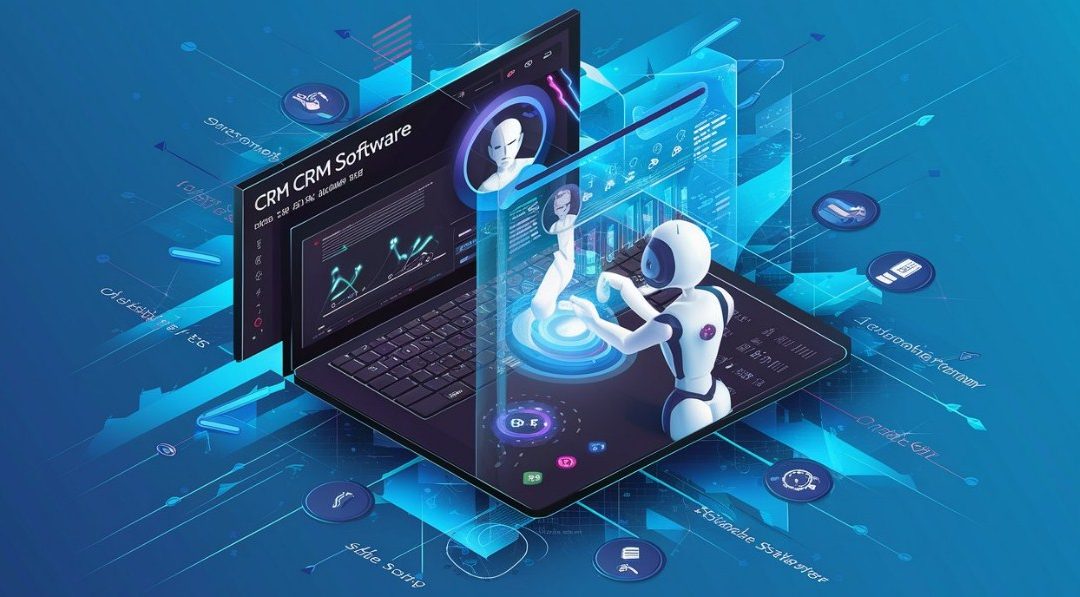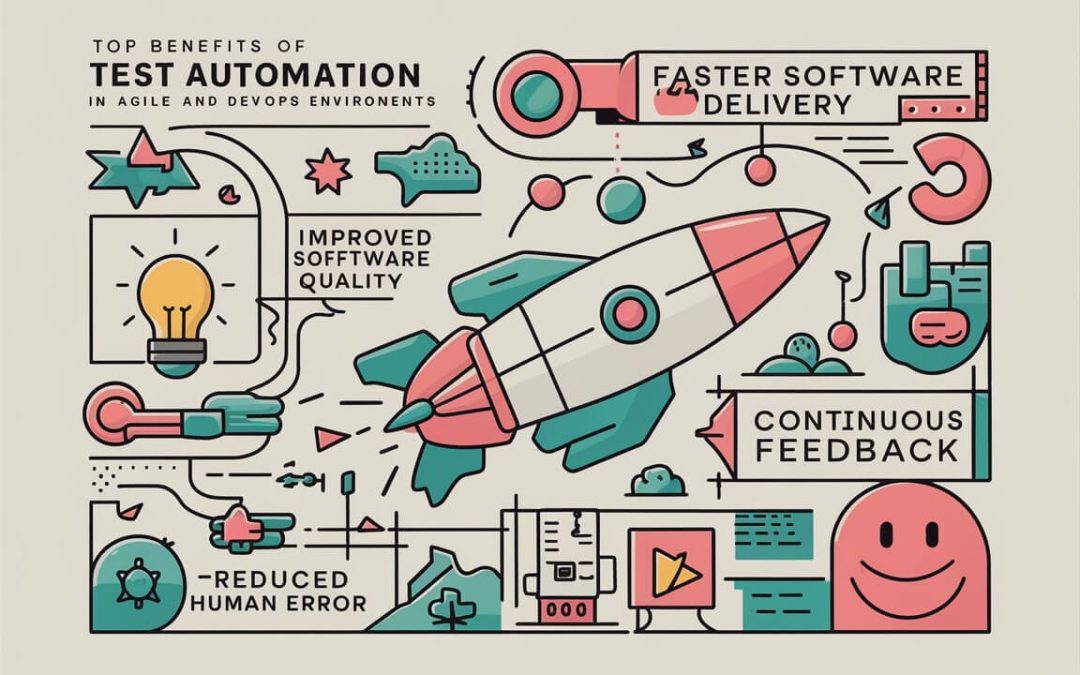How we process data has rapidly changed. This is primarily due to Data Warehouse. It’s like a hub that consolidates data from various sources. It allow businesses to make intelligent decisions based on information they can trust, if real-time data warehousing is even more improved than the old one. The data storage field has come a long path from the beginning.
Initially, it was all about archiving old data to view past trends. However, the need for rapid insights increased when businesses gathered data quickly. This transformed data warehousing from a location where old information was kept to an area of live material, enabling individuals to make prompted judgments. Real-time data warehousing is critical for companies that work in time-sensitive backgrounds.
Traditional Data Warehousing vs. Real-Time Data Warehousing
Traditional data warehousing generally involves loading the info about an OS into a database called a data warehouse periodically, for instance, every week or night. It also means that this batch processing method was a very effective way of doing things in the past, but perhaps not so much today. On the other hand, real-time data warehousing solutions allows businesses to collect, handle, and view their data in real-time or near enough. This way, the insights generated are immediately accessible to companies that can quickly adapt to fluctuating market situations and determine what action needs to be taken next.
Real-time data warehousing makes businesses more competitive as they can detect patterns and trends almost immediately, not post facto. It will allow firms to monitor critical KPIs in real-time and respond immediately should they identify any changes or issues. This flexibility speed is considerable, especially in areas where time plays a significant role – banks, e-commerce operations, and supply chain management.
Benefits of Data Warehousing
Data storage aids businesses in various ways. First, it provides a central view of all your data by eliminating information barriers and allowing analysis based on different sectors. This all-around approach also makes businesses know better about their operations, which helps them make the right decisions in many ways. Data warehousing also enhances the quality and integrity of data by ensuring all data sources are accurate and standardized. Getting rid of data inconsistencies allows businesses to avoid making decisions based on incomplete or wrong information.

Further, data storage makes finding and using the data accessible. In well-designed data warehouses, users can quickly obtain and view the data without necessarily having to understand a high amount of knowledge about computers or complicated queries. This self-service feature creates a convenient environment where stakeholders at all levels can quickly access the data they need to make decisions based on facts.
Finally, using data warehousing helps with the control of and compliance with issues related to privacy, security, and legal requirements regarding how personal data is handled. This ensures that the businesses operate according to industry rules and guard data.
Embracing Real-Time Insights for Enhanced Decision-Making
Real-time insights may change the way companies make decisions. Implementing real-time inputs in data warehousing will ensure businesses make decisions relying on the most recent information, thereby keeping one step ahead of competitors. When a company’s information is timely and real-time, it may gain a significant competitive advantage. Such companies stand to identify emerging trends, take up positions, and weed out risk.
Real-time insights are one of the best things because they enable you to see trends and oddities as soon as they occur. This enables businesses to identify problems quickly and resolve them before they have much impact on processes. In retail, for instance, real-time data would allow companies to spot sudden customer demand shifts and adjust their inventory levels or supply chains accordingly. By being tactical, you can ensure that customers are happier and, at the same time, reduce costs.
Companies can also customize their engagements with real-time data on customers. Businesses can make more specific and personalized marketing efforts by analyzing live data and demonstrating what customers do and how they like it. This level of personalization makes the experience better for the customer, which brings loyalty and translates into more sales. Real-time insights enable businesses to operate more competently, finding bottlenecks and smoothing processes.
Real-Time Data Warehousing Explained
Real-time data warehousing is a complex procedure with three main components: getting the data, handling this raw material, and analyzing it close to real-time or in real-time. It should have an effective system with quick networks, powerful servers, and advanced tools to integrate and process data. Three major parts make up real-time data warehousing architecture: data capture, -incorporation, and analysis of the data.
Data capture refers to getting data from different places all the time, including transactions, sensors, and other feeds. After a change, this data is placed in the data warehouse for further analysis. Data integration links and ensures constant data from different sources for complete analysis. Finally, advanced methods like machine learning and predictive modeling are used in big data analytics to find insights that can be acted upon.
Key Features and Technologies of Real-Time Data Warehousing
The success of real-time data warehousing also depends on a set of critical attributes and technologies that ensure proper and prompt insights. A few of the most important features are:
1) Data Ingestion
Real-time data warehousing requires scalable and efficient ingestion capabilities to acquire or assimilate the data from several sources in near real-time. This incorporates the use of event-driven architectures and change data capture CDC technologies.
2) Integration of Data
In the case of real-time or nearly accurate data warehousing, the integration process includes working with distinct pieces of information. You will need reliable data integration technologies that can handle high volumes of data while ensuring their integrity.
3) Data Processing
“Real-Time Data Warehousing” refers to the rapid or almost instantaneous processing and transformation of raw feeds. Therefore, CEP and stream processing have become necessary to handle high-velocity data streams efficiently and carry out real-time analytics.
Challenges and Considerations in Implementing Real-Time Data Warehousing

Real-time data warehousing has challenges and considerations that need to be considered. This term brings us to one of the critical issues in real-time data warehousing, and this is a data integration process that should involve merging multiple sources as rapidly as possible. This demands careful planning and advanced data integration technologies to guarantee the quality and consistency of this information.
Another parameter to observe is scalability since real-time data warehousing refers to the immediate processing and storage of enormous amounts of information. This, in turn, requires that institutions make sure their infrastructure can accommodate this surge in data volumes and processing needs. Therefore, investing in high-performing servers, storage solutions, and network infrastructure may be required.
Other important considerations in implementing real-time data warehouses are privacy and security. Real-time data often contains sensitive details; therefore, organizations should install the proper security systems to secure such information against unauthorized access or exploits. Encryption, access controls, and data techniques could be implemented.
Finally, it is paramount for organizations to assess how real-time data warehousing will impact their existing systems and processes. Integration and processing of real-time data may require the reformation of current workflows as well as business procedures. When assessing the impact on the organization, preparing adequately for necessary modifications and training is imperative.
Conclusion: The Future of Data Warehousing
Since data warehousing is aimed at the immediate delivery of insights and rapid evolvement of information volume, the future will involve deployment as an intelligence system tailored to real-time solutions.
It should be noted that with appropriate infrastructure, technologies, and best practices, organizations can derive real-time insights to drive innovation within their operations and enhance efficiency due to increased customer satisfaction. Rather than spending time and funds on creating their infrastructure, these organizations can turn to services offered by data warehousing to capitalize on real-time analytics.





